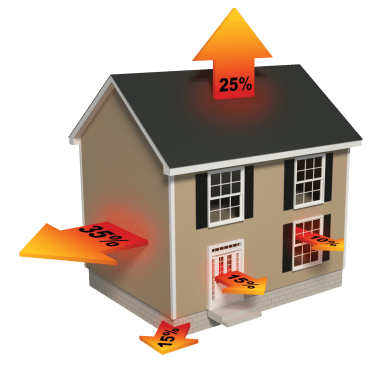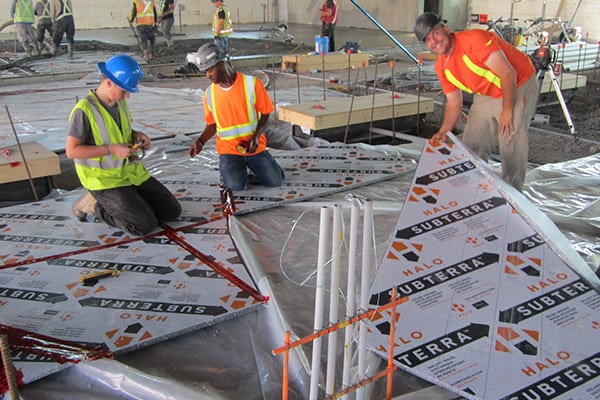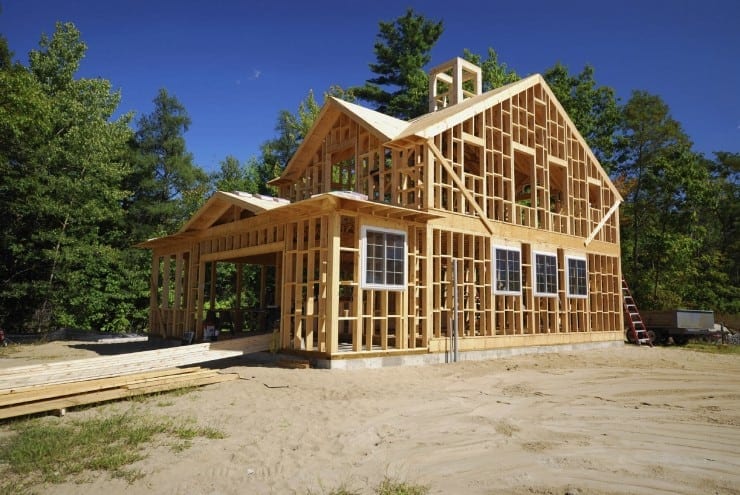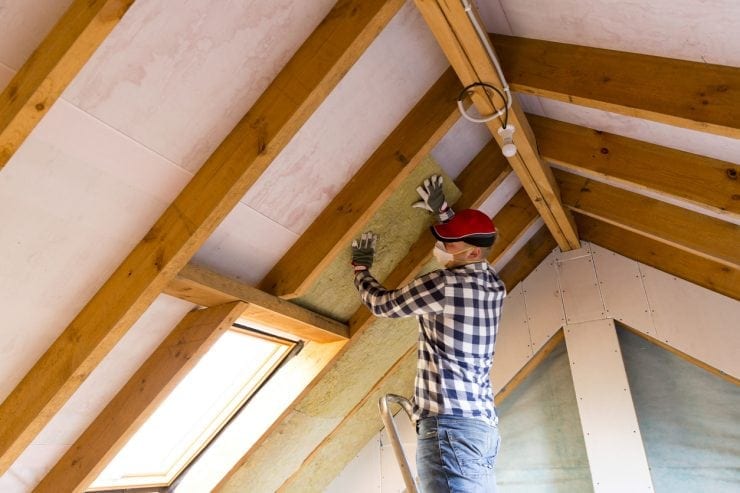What is R-Value? The True Definition
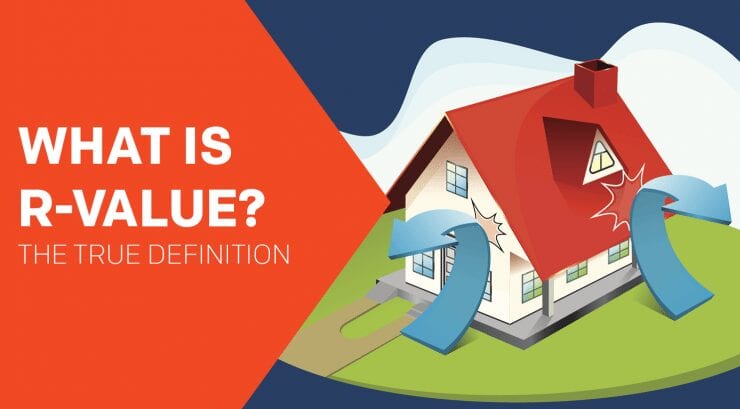
R-value is “the capacity of an insulating material to resist heat flow. The higher the r-value, the greater the insulating power.” (Google Dictionary)
Energy efficiency. Lower utility bills. Comfortable indoor environment. These are all familiar benefits of adding insulation to a home. But how can you tell which products are the best insulators for a particular application?
An “R-value” rating determines the energy saving value of different products.
This article explains how much insulation to use for particular applications.
- How insulation works
- How insulation “r-value” is determined
- Applications and recommendations for insulation
How Insulation Works
According to the second law of thermodynamics, heat always flows towards cold. There are three main ways heat transfers - through conduction, convection, and radiation.
Conduction: The transfer of heat through materials that touch each other, such as a skillet on top of a stove.
Convection: The transfer of heat through liquids and gases. An example of convection is a stove that warms the air around your food.
Radiation: The movement of heat from any source, warming objections around it. One example is the heat emitted from a campfire.
Thermal bridging is the movement of heat across an object that is more conductive than the materials around it.
Most insulation products reduce the conduction of heat flow. An example of this is thermal bridging through wooden studs, which you can learn more about here>
Walls of a home have fiberglass batt insulation in the cavities. But, the wooden studs have a much lower r-value and generally aren’t covered in insulation. The studs create a bridge for heat to travel across. Summer heat moves towards air conditioned spaces indoors. In the winter, heat on the inside moves towards the cold exterior.
Determining R-value
The term "R"-value represents how well insulation restricts heat flow. To test for R-value, a piece of insulation placed between two plates in a laboratory. Heat is then passed through the material to test the thermal conductivity, measured in BTUs per hour. The greater the "R"-value the better the insulation.
The Federal Trade Commission regulates manufacturer claims about insulation. This helps einsure claims are accurate, and not deceiving to consumers. FTC regulations also specify the means by which scientists and manufacturers determine R-value.
Insulated Vinyl Siding R-value Testing
Contoured insulation is not tested for r-value with the standard hot plate method. The ASTM C1363 Standard Test Method, commonly known as the hot box test, is used for these products.
ASTM C1363, better known as the hot box test, place the insulated siding wall assembly between two instrumented chambers. These chambers are called the “climatic chamber” and a “metering chamber.” The chambers are maintained at a specific temperature difference. The climatic chamber is usually cooler than the metering chamber, representing winter conditions. Wind directed at the material simulates true outdoor winter conditions.
During the test, heat flows through insulation from one chamber to another. Scientists measure the amount of energy needed to maintain the temperature in the metering chamber. The R-value of the insulated siding is determined by subtracting the measured R-value of the base wall from that of the entire assembly. This method ensures the claimed R-value represents the "as-installed" performance on the home.
Applications and Recommendations for Insulation
We now know how heat transfers in a home, and how we rate insulation for energy efficiency. Let's look at common products used to insulate parts some parts of a home.
Rigid Foam – Outside walls of homes and below grade. Roughly up to 5.0 per inch.
Spray Foam – Sprayed into the wall cavity, typically in new construction before drywall. Roughly up to 6.5 per inch.
Fiberglass Batt – Rolled into the wall cavity between studs, primarily in new construction. Roughly up to R-3.8 per inch.
Blown In Cellulose – Popular in remodeling projects; holes are cut in the wall to fill the cavity with insulation, or it is sprayed into the attic. Roughly up to R-3.8 per inch.
Foundation and Basement Insulation
Add insulation to a foundation and basement to help save money on utilities to heat the space.
For new construction, add rigid insulation before pouring the foundation. Apply insulation to the exterior walls before adding backfill gravel or dirt.
In remodeling, add insulation to the floor and interior basement walls, then cover with finish materials.
Exterior Walls
In new construction, fiberglass or spray foam insulation is applied between studs. This provides excellent resistance to heat transfer, but leaves a major part of the wall uninsulated.
The wood studs in a home make up 25% of the walls. These studs aren't covered in insulation, creating the perfect opportunity for heat transfer. This is like having one whole wall of the home with zero insulation.
Adding continuous insulation to a home's exterior before siding helps stop energy loss. This can also be done during remodeling applications. The U.S. Department of Energy (DOE) says “when new siding is to be installed, it is a good idea to consider adding insulation under new siding.
Roofs and Attics
Loose-fill or fiberglass insulation added to the floor of the attic helps stop heat from escaping. If you plan to inhabit the attic space, add insulation between the rafters to control the room temperature. Rigid, continuous insulation installed over the rafters helps break the thermal bridge.
Recommendations
The amount of insulation recommended for each application varies depending on the climate zone. To learn more, check out the Energy Star Recommendations for Home Insulation

